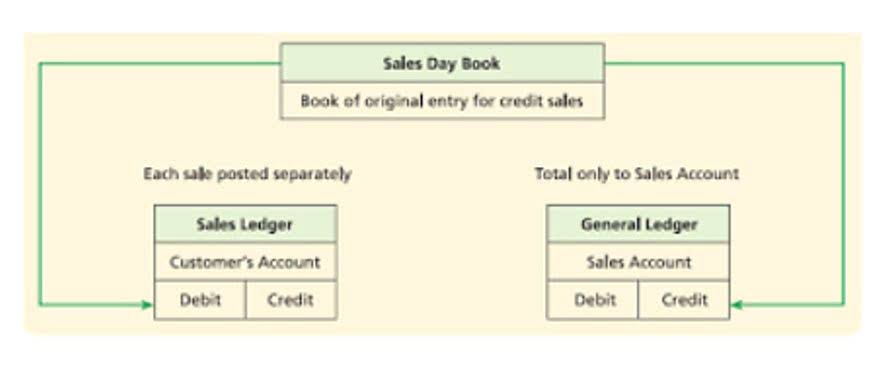Deposit Slip: Purpose, Components, and Banking Uses
5 Eylül 2025
If you are making a deposit, but want cash back, https://www.alltravelperu.com/mandatory-capitalization-of-r-e-expenses-the/ you have to sign the deposit slip. This means the sum of total deposits minus the cash you are withdrawing (if any). Before I learned my account number I used to always tell them I hadn’t remembered it yet and they would verify me. Most of the time, it doesn’t matter who is making the deposit either as long as it’s going in and not coming out. Cash is a common option of what can be deposited into an account, thus making it part of the form. If you need to create a deposit slip using MS Excel or print one for a bank office, then here are the standard deposit slip sizes you can choose to work on.
The Future of Deposit Slips
The depositor fills out the slip to indicate what types of funds are being deposited and which accounts they should be deposited into. In some cases, a bank will pre-print forms with account information and include them in a checkbook. Deposit slips are used by a bank to keep track of the money deposited over the course of a business day, and to ensure that no funds slip through the cracks. For bank clients, these offer a form of protection, indicating that funds were counted and accepted by the bank. If the deposit is processed improperly, the deposit slip will provide a paper trail. A deposit slip is a form that is used to itemize what is the purpose of a deposit slip the checks and cash being deposited into a bank account.

Checks

Though often overlooked in the Bookkeeping vs. Accounting digital age, paying-in books remain relevant for tracking cash and check deposits systematically. In this guide, I explore what paying-in books are, how they function, and why they still matter in modern financial workflows. Similar in format to a deposit slip, a withdrawal slip is used by bank customers to authorize the withdrawal of funds from their accounts. The subtotal field aggregates the amounts listed in the itemized section, while the total field includes any additional amounts, such as less cash received. This ensures that the depositor and the bank have a mutual understanding of the exact amount being deposited, reducing the likelihood of errors.
- Again, all relevant information must be provided such as name and address as well as details of the payment type (cash or check).
- They help banks maintain written records of all funds received throughout the day to ensure that no deposits go unaccounted for at the end of each business day.
- This innovation made it simpler for both the bank and the customer to keep track of individual checks and their corresponding account information.
- This help ensures that the deposited amount is accurately registered and completed.
- Businesses can work with their bank or hire third-party providers to create customised deposit slips.
Can I Deposit Money Without Using a Deposit Slip?
- Additionally, make sure to double-check all of your information before submitting the withdrawal slip as mistakes may lead to extra processing time or even non-payment.
- Traditional paper deposit slips have long been the standard, offering a tangible way to document transactions.
- Specific industries depend heavily on deposit slips for their daily operations.
- Keeping clear records not only makes it easier for you to monitor activity but also helps protect against mistakes made by the financial institution.
- A paying-in slip provides a verifiable paper trail, crucial for audits and tax compliance.
- To fill up a deposit slip, you need to ensure you’ve got all the necessary and correct information to complete the form.
These deposit slips will have your name, address and account number on them, so keep them secure. Proper documentation is crucial when dealing with larger deposits because it enables the bank to accurately process these transactions and reconcile their ledgers. For customers, clear documentation makes dispute resolution easier, as they have a record of all items included in the deposit. For payroll deposits where multiple employees are involved, businesses can use formal deposit tickets, which often require more extensive documentation.

However, you may still find them cropping up when you go to make a payment, so it’s vital to have an idea of what they are and how they work. They’re often substituted for debit cards, which carry much of the same information but just in an electronic form. A deposit slip is a small paper form that a bank customer includes when depositing funds into a bank account. A deposit slip contains the date, the name of the depositor, the depositor’s account number, and the amounts being deposited.
Banks are likely to continue innovating to meet the diverse needs of their customers. While digital banking options are gaining popularity, deposit slips remain relevant for certain transactions, particularly in areas where technology adoption is limited. Customised deposit slips often include additional fields tailored to the business’s specific needs, such as space for invoice numbers or customer references. This level of detail simplifies accounting and ensures that all relevant information is captured. While digital options are convenient, they do not entirely replace deposit slips. Many customers, particularly businesses, still rely on the physical documentation provided by a deposit slip.

Digital methods, though faster, often lack the detailed itemization that deposit slips provide. While deposit slips are straightforward, challenges can arise without proper attention. One common issue is filling out the slip incorrectly, such as writing the wrong account number or failing to itemize cheques.